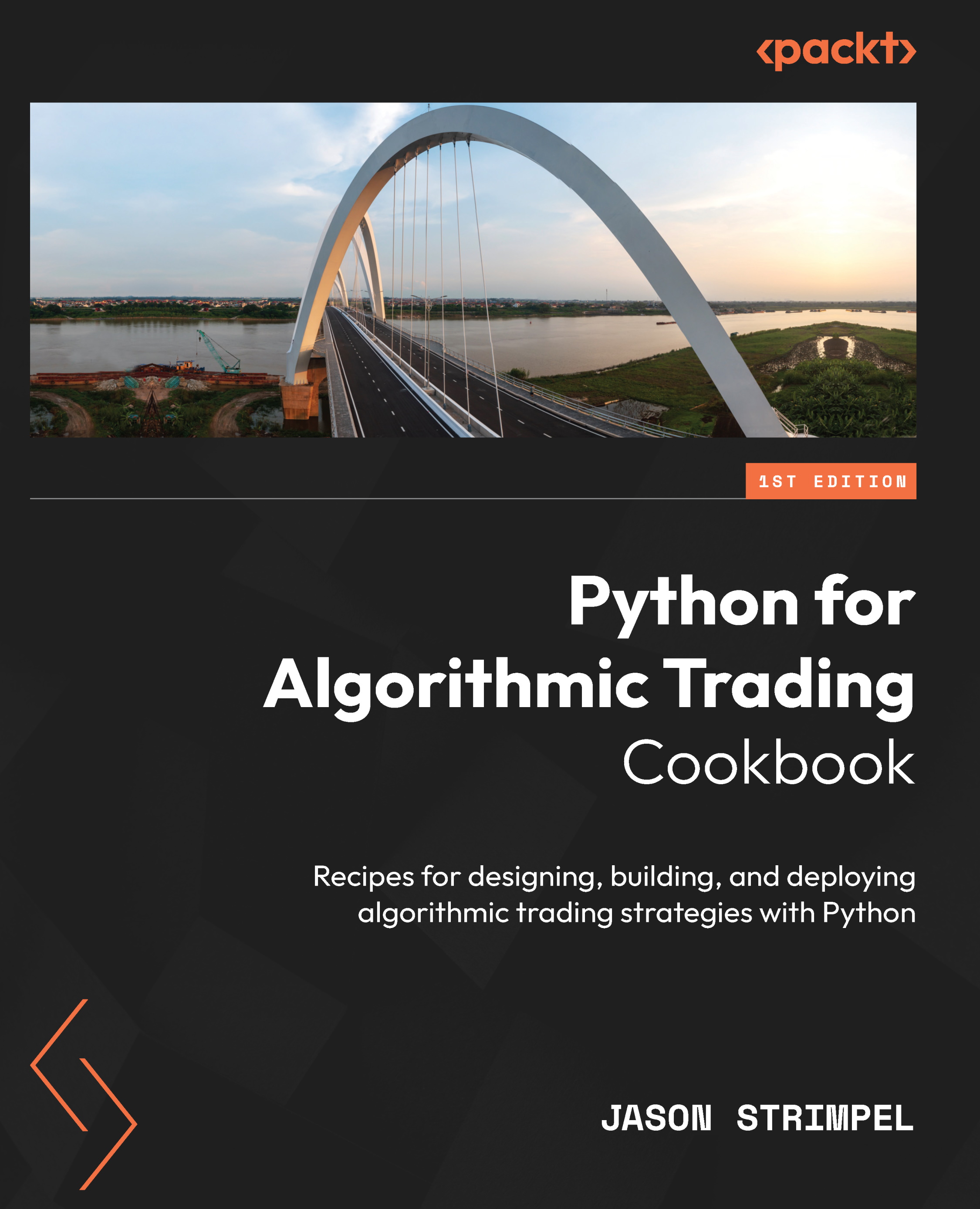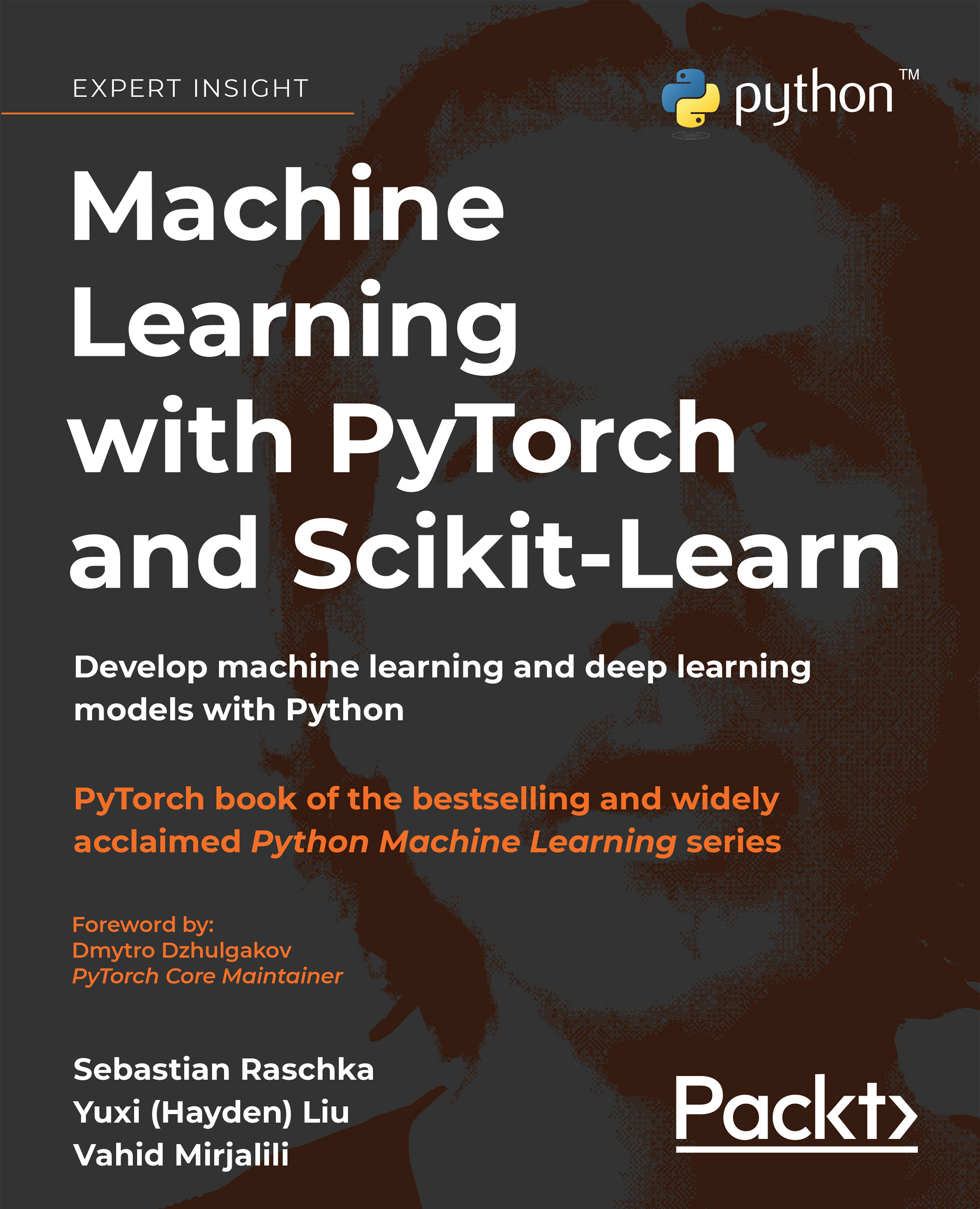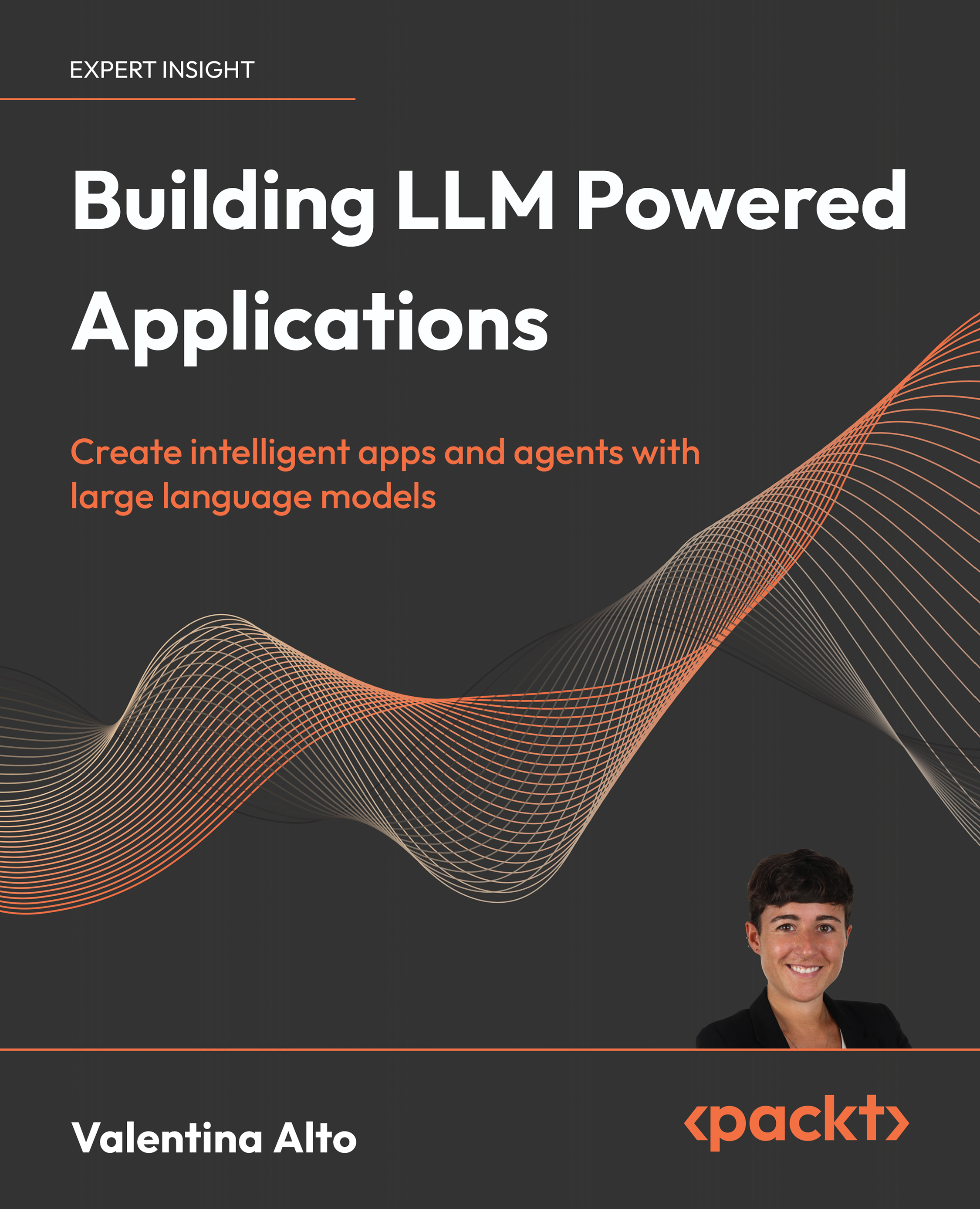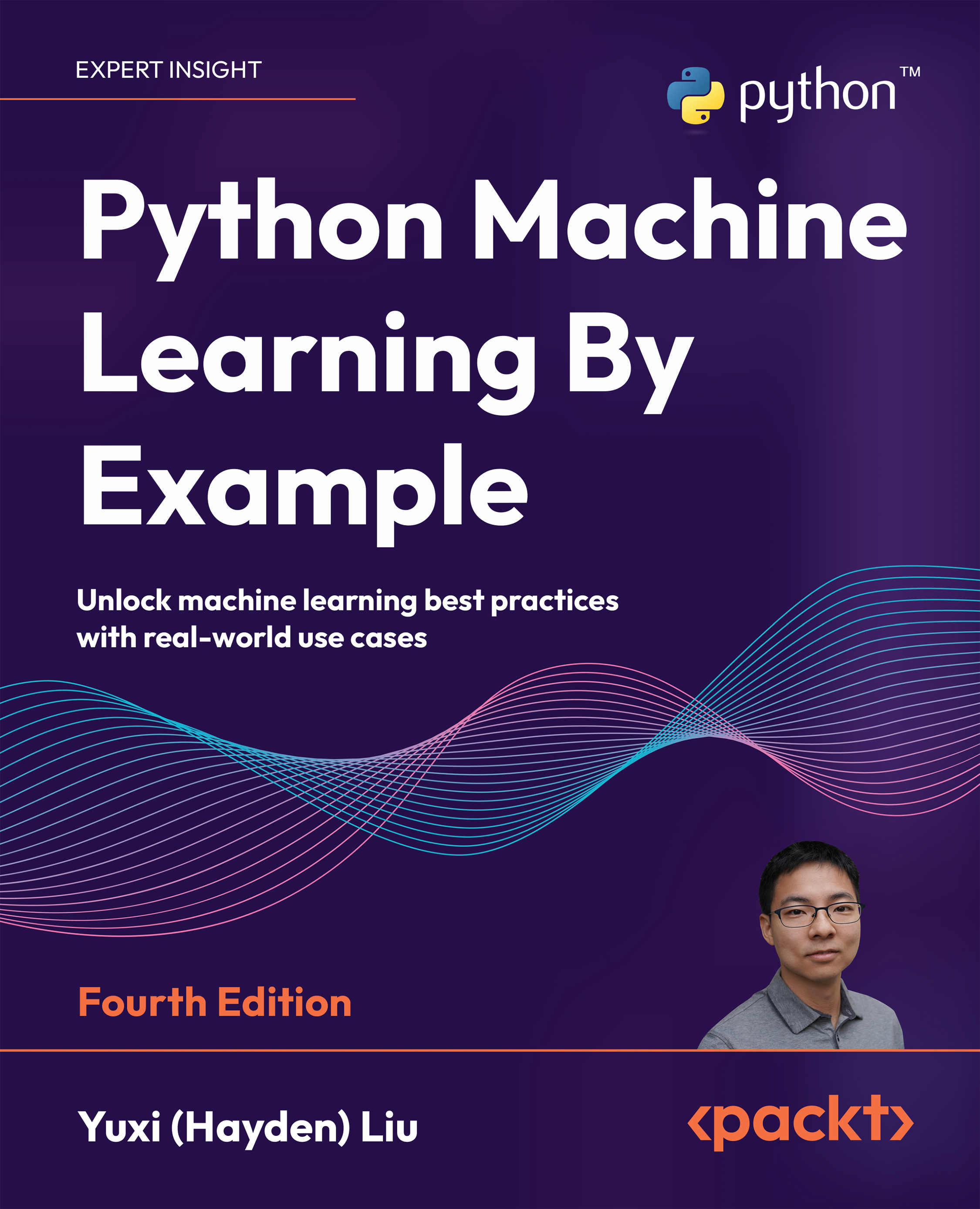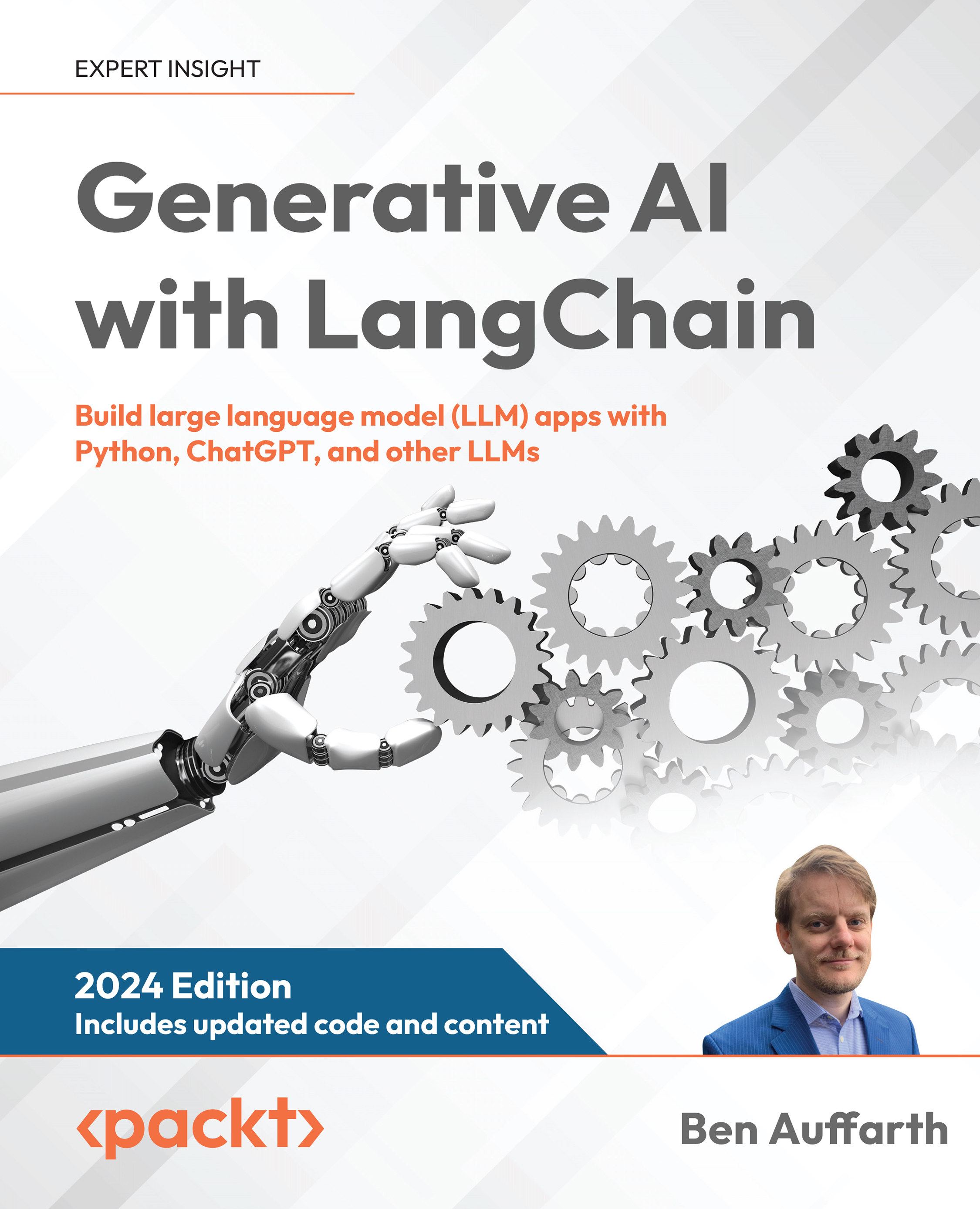$19.99
per month
Paperback
Aug 2016
268 pages
1st Edition
-
Dive deeper into data mining with Python – don’t be complacent, sharpen your skills!
-
From the most common elements of data mining to cutting-edge techniques, we’ve got you covered for any data-related challenge
-
*Become a more fluent and confident Python data-analyst, in full control of its extensive range of libraries
Data mining is an integral part of the data science pipeline. It is the foundation of any successful data-driven strategy – without it, you'll never be able to uncover truly transformative insights. Since data is vital to just about every modern organization, it is worth taking the next step to unlock even greater value and more meaningful understanding.
If you already know the fundamentals of data mining with Python, you are now ready to experiment with more interesting, advanced data analytics techniques using Python's easy-to-use interface and extensive range of libraries.
In this book, you'll go deeper into many often overlooked areas of data mining, including association rule mining, entity matching, network mining, sentiment analysis, named entity recognition, text summarization, topic modeling, and anomaly detection. For each data mining technique, we'll review the state-of-the-art and current best practices before comparing a wide variety of strategies for solving each problem. We will then implement example solutions using real-world data from the domain of software engineering, and we will spend time learning how to understand and interpret the results we get.
By the end of this book, you will have solid experience implementing some of the most interesting and relevant data mining techniques available today, and you will have achieved a greater fluency in the important field of Python data analytics.
This book is for data scientists who are already familiar with some basic data mining techniques such as SQL and machine learning, and who are comfortable with Python. If you are ready to learn some more advanced techniques in data mining in order to become a data mining expert, this is the book for you!
-
*Explore techniques for finding frequent itemsets and association rules in large data sets
-
*Learn identification methods for entity matches across many different types of data
-
*Identify the basics of network mining and how to apply it to real-world data sets
-
*Discover methods for detecting the sentiment of text and for locating named entities in text
-
*Observe multiple techniques for automatically extracting summaries and generating topic models for text
-
*See how to use data mining to fix data anomalies and how to use machine learning to identify outliers in a data set
 United States
United States
 Great Britain
Great Britain
 India
India
 Germany
Germany
 France
France
 Canada
Canada
 Russia
Russia
 Spain
Spain
 Brazil
Brazil
 Australia
Australia
 Singapore
Singapore
 Canary Islands
Canary Islands
 Hungary
Hungary
 Ukraine
Ukraine
 Luxembourg
Luxembourg
 Estonia
Estonia
 Lithuania
Lithuania
 South Korea
South Korea
 Turkey
Turkey
 Switzerland
Switzerland
 Colombia
Colombia
 Taiwan
Taiwan
 Chile
Chile
 Norway
Norway
 Ecuador
Ecuador
 Indonesia
Indonesia
 New Zealand
New Zealand
 Cyprus
Cyprus
 Denmark
Denmark
 Finland
Finland
 Poland
Poland
 Malta
Malta
 Czechia
Czechia
 Austria
Austria
 Sweden
Sweden
 Italy
Italy
 Egypt
Egypt
 Belgium
Belgium
 Portugal
Portugal
 Slovenia
Slovenia
 Ireland
Ireland
 Romania
Romania
 Greece
Greece
 Argentina
Argentina
 Netherlands
Netherlands
 Bulgaria
Bulgaria
 Latvia
Latvia
 South Africa
South Africa
 Malaysia
Malaysia
 Japan
Japan
 Slovakia
Slovakia
 Philippines
Philippines
 Mexico
Mexico
 Thailand
Thailand







